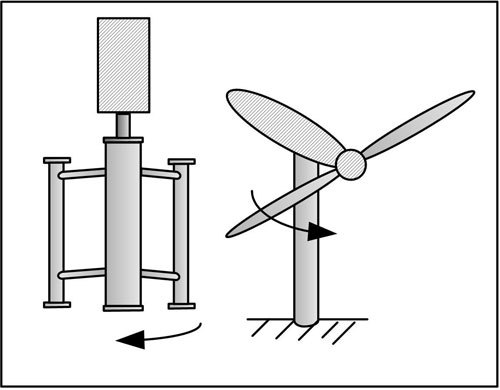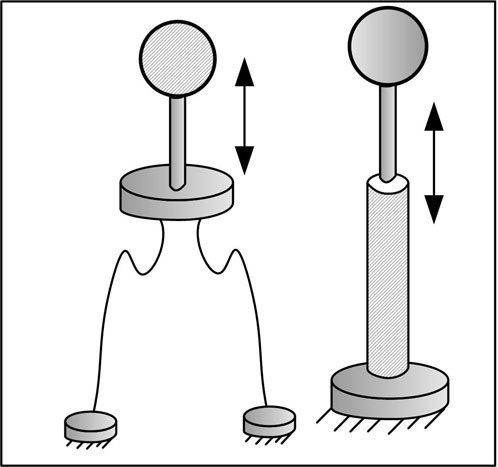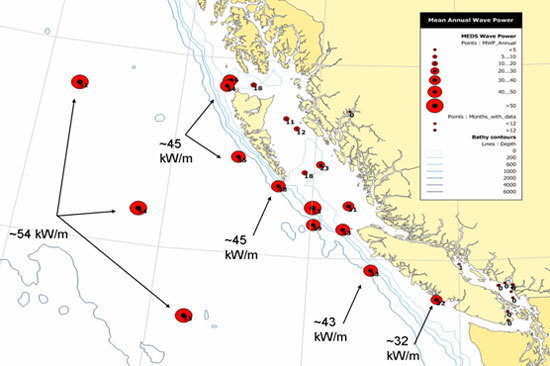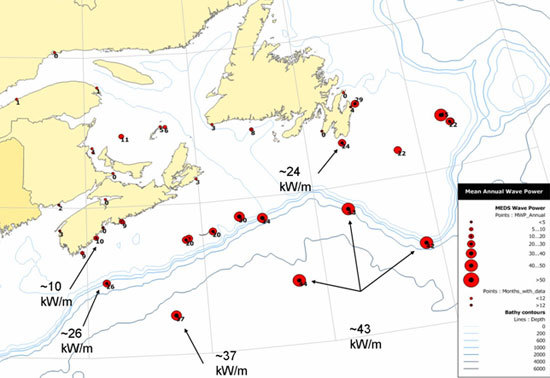What is marine renewable energy?
All movement is energy. The world’s tides, ocean waves and river currents all contain kinetic and potential energy that can be used to drive turbines and produce electricity, reducing our dependence on fossil fuels. Even the differences in salinity (salt levels) and temperature that occur in bodies of water create dynamic forces that can be used to produce power.
These different forms of marine renewable energy will be available for as long as the tides continue to ebb and flow, and the rivers continue to run.
Snapshot of the sector
Canada’s marine energy sector is much like the country and its population in general: regionalized and relatively small. Yet its achievements are capturing worldwide attention. Canadian innovators are making important progress in areas such as large-scale marine technology and offshore deployments.
Based on preliminary resource studies, here’s a glance at how Canada’s marine energy potential stacks up.
Tidal current energy
Tidal energy is produced by the rise and fall of tides from the gravitational influence of the sun and moon. It can take two forms; tidal current and tidal range. Currently, Canada is not pursuing energy extraction from tidal range due to high capital costs and environmental concerns.
Canada is, however, pursuing tidal current energy extractions. Tidal currents are reliable and predictable, offering great potential to power turbines and generating electricity. Some 190 tidal power sites have been identified off Canada’s coasts with a total estimated capacity of 42,000 MW (total mean annual wave power) – more than 63 percent of the country’s annual total consumption. Nunavut has the country’s greatest abundance of tidal resources, while British Columbia has the most sites with potential power greater than 1 MW.
Not all of this potential energy can be converted into usable power without noticeable impact on tides and tidal flows. Tidal energy, however, is scalable. It can start with one turbine and over time scale up to multiple turbines. Tidal current energy is a renewable, zero-emission option with high power density.

Figure 1
Examples of tidal or river current energy technologies: Electricity is produced through the rotation of the blades due to the flow of the tidal current
Text version
Figure 1
Two sample pictures of what a hypothetical tidal current and/or river current turbine could look like. The first turbine is a vertical axis turbine with blades rotating around a vertical axis– the generator is located above the blades. The second turbine is a horixontal-axis turbines, with three blades rotating around an imaginary horizontal axis (similar to a wind turbine).

Figure 2
Locations with tidal current energy resources
Text version
Figure 2
A map of Canada indicating potential hot spots of tidal current energy resources around Canada. Key points to note on the map: there are very large tidal resources in the north of Canada, around the north of Quebec (Hudson bay), and Labrador. These hot spots could be more that 2780MW of mean potential power. Another high hot spot is between Nova Scotia and New Brunswick – around the Bay of Fundy, with hot spots up to 1436-2780MW. Along the British Columbia coastlines, there are many small to medium sized hot spots identified. Anywhere from 2MW to 1436MW.
Wave energy
Wave energy is a concentrated form of solar energy. Ocean waves form as a result of the sun heating the ocean surface. The motion of the waves can be used to power turbines or other power take-off systems in order to generate electricity.
The waters off Canada’s Pacific and Atlantic coasts are rich with wave energy resources. Roughly 37,000 MW exists off Canada’s Pacific coast, equal to more than 55 per cent of the country’s annual electricity consumption. The potential capacity off Canada’s Atlantic coast is even greater at about 146,500 MW – more than double the current electricity demand. As with tidal energy, not all of these available wave energy resources can be realized as usable power due to various factors including socio-economics, the harsh ocean environment, power conversion losses, and cost.

Figure 3
Examples of wave energy technologies: Electricity is produced through the mechanical movement of the devices due to the vertical and horizontal movements of the waves as they pass by
Text version
Figure 3
Two sample pictures of what a hypothetical wave energy converter would look like. The technology on the left is a floating technology, where it would be “anchored” by tethering lines. The technology on the right would be fixed to the seabed. Both technologies work by having a float at or near the surface of the water, that follows the up and down movement of the waves.

Figure 4
Annual mean wave energy flux on the Pacific Coast
Text version
Figure 4
Mean Annual Wave power along the west coast of British Columbia. Far offshore from Vancouver Island and Queen Charlotte islands, power estimated around 54kW/m. Closer to the coasts, anywhere from 45kW/m (around Queen Charlotte Islands) to 32kW/m (close to Vancouver Island).

Figure 5
Annual mean wave energy flux on the Atlantic Coast
Text version
Figure 5
Mean annual wave power along the east cost of Canada, around Nova Scotia and Labrador (?). Far offshore, the wave power can hit up 43kW/m. Close to the shores of Nova Scotia, the wave energy flux is around 10kW/m. Close to the Labrador shore, the highest wave energy flux is at 24kW/m.
River Hydrokinetic energy
River Hydrokinetic energy is produced by extracting the kinetic energy from flowing water in rivers. River hydrokinetic energy technology is similar to tidal energy; however, rivers only flows in one direction and river hydrokinetic energy is available at all times, while there is water flowing. The total theoretical potential in Canada is estimated at 340 GW (gigawatts). The highest potential is located in British Columbia, Quebec, and the Northwest Territories.
For more information on marine renewable energy, visit the Knowledge Centre to view our publications.
Page details
- Date modified: